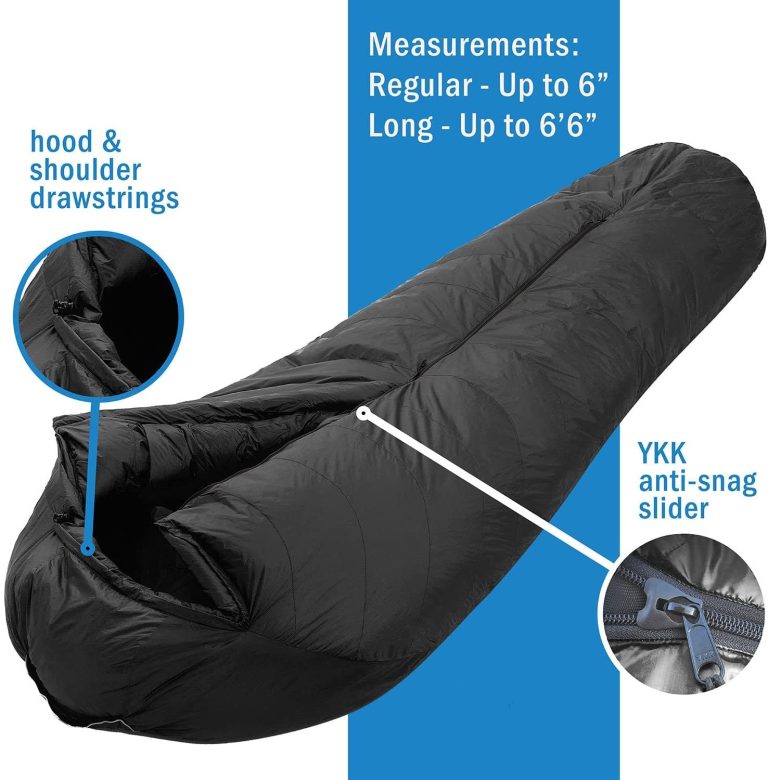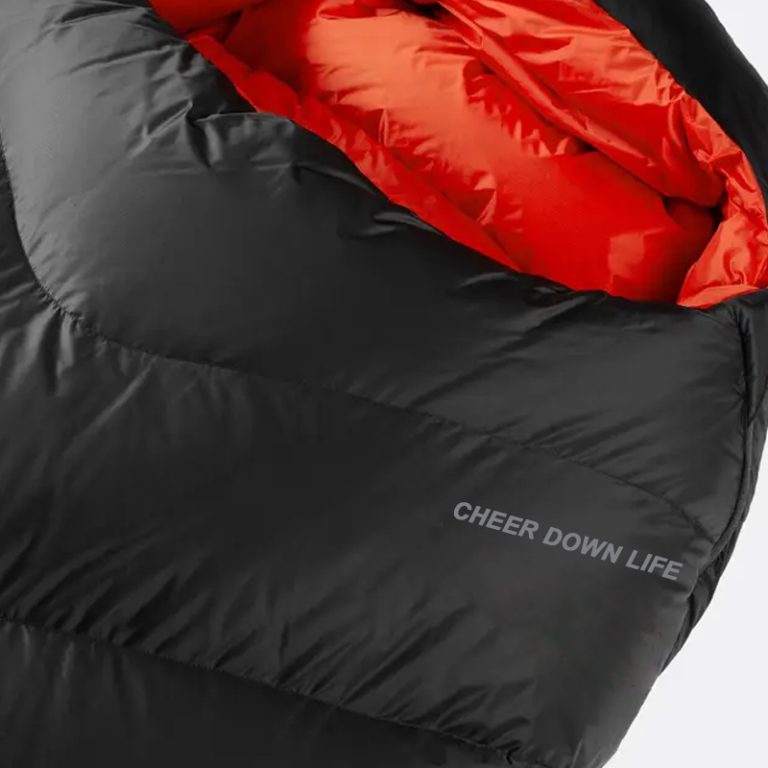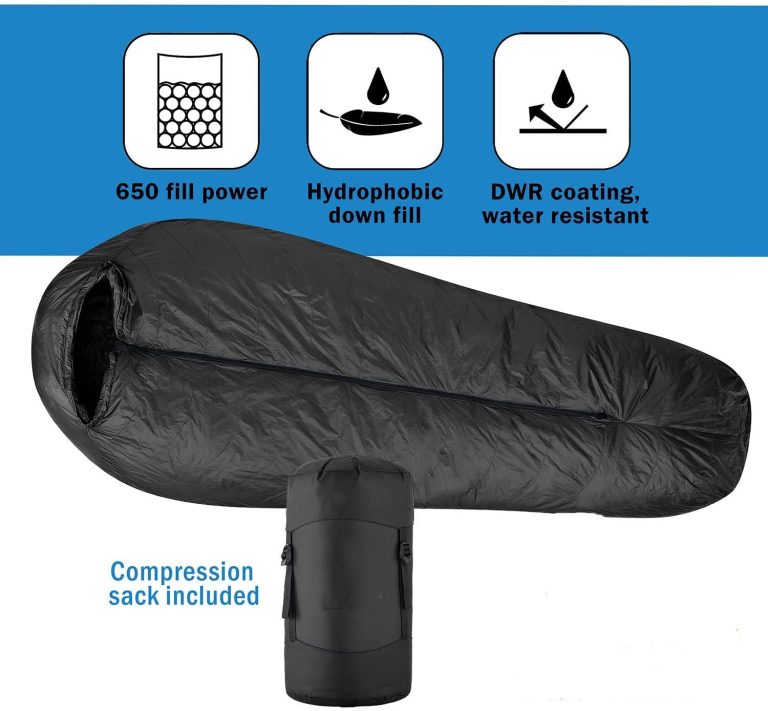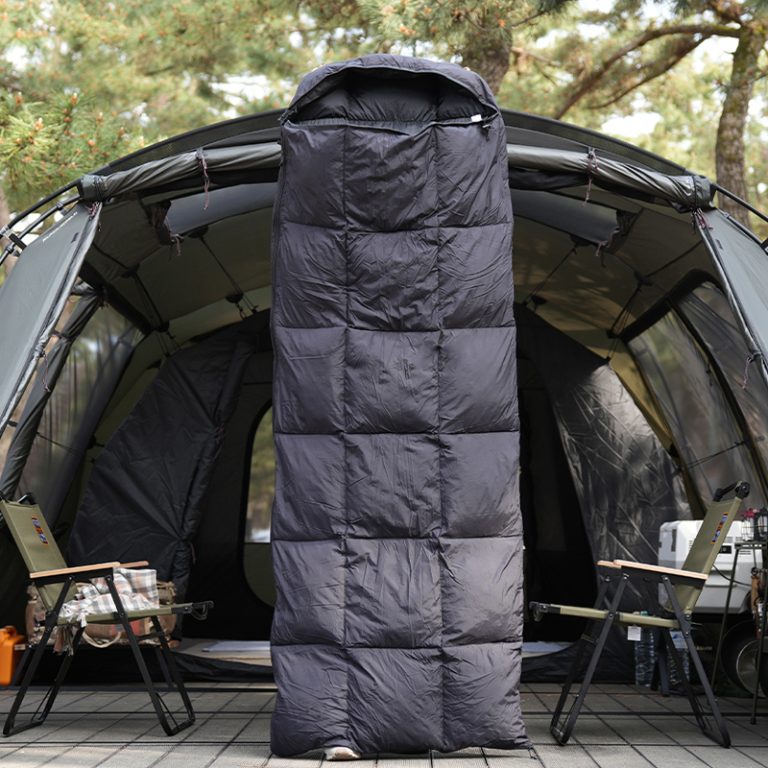How to Choose the Right Down Sleeping Bag for Your Needs
Choosing the right down sleeping bag for your needs can be a daunting task. With so many options available, it can be difficult to know which one is best for you. However, with a few simple tips, you can make sure you get the perfect down sleeping bag for your needs.
First, consider the temperature rating of the sleeping bag. Down sleeping bags are rated according to the temperature range they are designed to keep you warm in. Make sure to choose a sleeping bag that is rated for the temperatures you will be camping in. If you are camping in cold temperatures, you may want to opt for a bag with a higher temperature rating.
Next, consider the weight of the sleeping bag. Down sleeping bags are typically lighter than synthetic sleeping bags, making them ideal for backpacking trips. However, if you are car camping, you may want to opt for a heavier bag that will provide more warmth.
Finally, consider the size of the sleeping bag. Down sleeping bags come in a variety of sizes, from extra small to extra large. Make sure to choose a sleeping bag that is the right size for you. If you are tall, you may want to opt for a longer sleeping bag.
With these tips in mind, you can be sure to find the perfect down sleeping bag for your needs. So don’t be afraid to shop around and find the perfect sleeping bag for your next camping trip!
The Benefits of Down Sleeping Bags for Camping and Backpacking
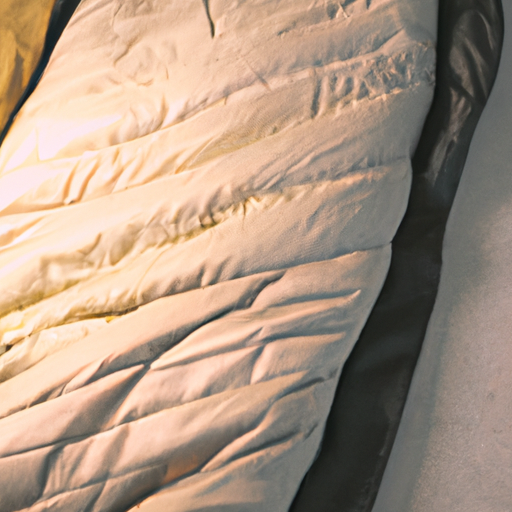
Down sleeping bags are a great choice for camping and backpacking, offering a range of benefits that make them a popular choice for outdoor adventurers. Not only are down sleeping bags lightweight and compressible, but they also provide superior warmth and comfort. Here are some of the key benefits of down sleeping bags for camping and backpacking.
First, down sleeping bags are incredibly lightweight and compressible. This makes them ideal for backpacking, as they can be easily carried in a backpack without adding too much weight. They also take up less space than synthetic sleeping bags, making them a great choice for those who are looking to save space in their pack.
Second, down sleeping bags provide superior warmth and comfort. Down is a natural insulator, trapping air and providing superior warmth. This makes them ideal for cold weather camping and backpacking trips, as they will keep you warm even in the coldest temperatures. Additionally, down sleeping bags are incredibly soft and comfortable, making them a great choice for those who want a good night’s sleep in the outdoors.
Finally, down sleeping bags are highly durable and long-lasting. Down is a natural material that is resistant to wear and tear, meaning that your down sleeping bag will last for many years with proper care. This makes them a great investment for those who plan on camping and backpacking regularly.
Overall, down sleeping bags are a great choice for camping and backpacking, offering a range of benefits that make them a popular choice for outdoor adventurers. They are lightweight and compressible, providing superior warmth and comfort, and are highly durable and long-lasting. So, if you’re looking for a sleeping bag that will keep you warm and comfortable on your next camping or backpacking trip, a down sleeping bag is a great choice.
Tips for Caring for Your Down Sleeping Bag
Caring for your down sleeping bag is essential for keeping it in good condition and ensuring it will last for years to come. Here are some tips to help you get the most out of your down sleeping bag:
1. Clean your sleeping bag regularly. Down sleeping bags should be washed every few months to keep them clean and free of dirt and oils. Use a mild detergent and a front-loading washing machine to avoid damaging the down.
2. Dry your sleeping bag properly. After washing, dry your sleeping bag on a low setting in the dryer. Add a few tennis balls to the dryer to help fluff the down.
3. Store your sleeping bag properly. When not in use, store your sleeping bag in a large, breathable bag. This will help keep it clean and free of dust and dirt.
4. Repair any tears or rips. If you notice any tears or rips in your sleeping bag, repair them as soon as possible. This will help keep the down from escaping and keep your sleeping bag in good condition.
By following these tips, you can ensure that your down sleeping bag will stay in good condition and provide you with years of comfortable sleep.
The Pros and Cons of Down vs Synthetic Sleeping Bags
When it comes to choosing a sleeping bag, there are two main types to consider: down and synthetic. Each type has its own unique advantages and disadvantages, so it’s important to understand the pros and cons of each before making a decision.
The main advantage of down sleeping bags is their superior warmth-to-weight ratio. Down is incredibly lightweight and compressible, making it ideal for backpacking and other outdoor activities. It also offers superior insulation, meaning you’ll stay warm even in cold temperatures. The downside of down is that it’s more expensive than synthetic materials and it’s not as durable. It also loses its insulating properties when wet, so it’s not ideal for wet climates.
Synthetic sleeping bags are a great option for those on a budget or who need a more durable bag. Synthetic materials are less expensive than down and they’re more resistant to moisture, making them a great choice for wet climates. They’re also easier to care for and maintain. The downside of synthetic sleeping bags is that they’re heavier and less compressible than down, making them less ideal for backpacking. They also don’t offer the same level of insulation as down, so they may not be as warm in cold temperatures.
In the end, the choice between down and synthetic sleeping bags comes down to personal preference and budget. Down bags offer superior warmth and compressibility, but they’re more expensive and less durable. Synthetic bags are more affordable and more resistant to moisture, but they’re heavier and less insulating. Ultimately, it’s up to you to decide which type of sleeping bag is best for your needs.

